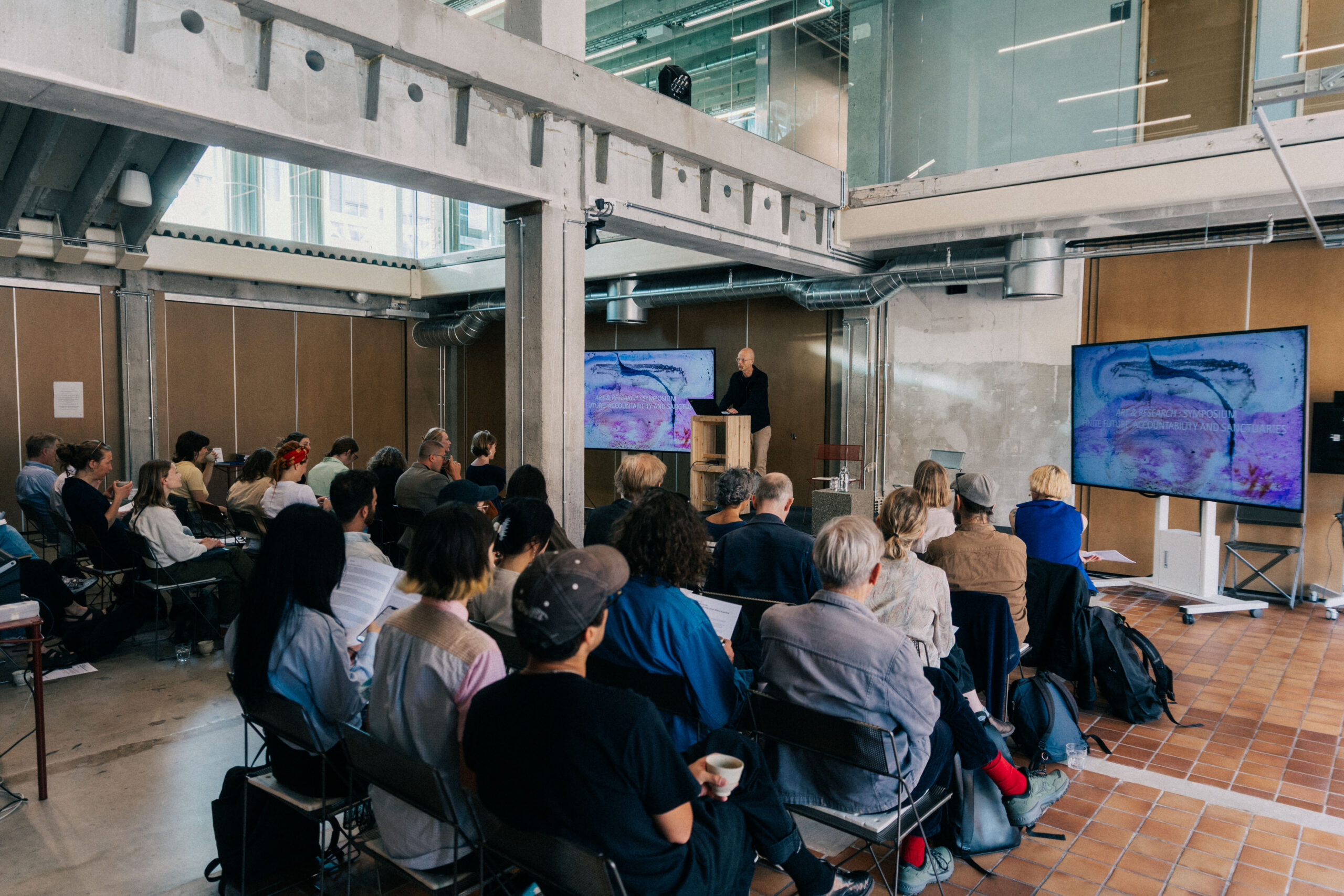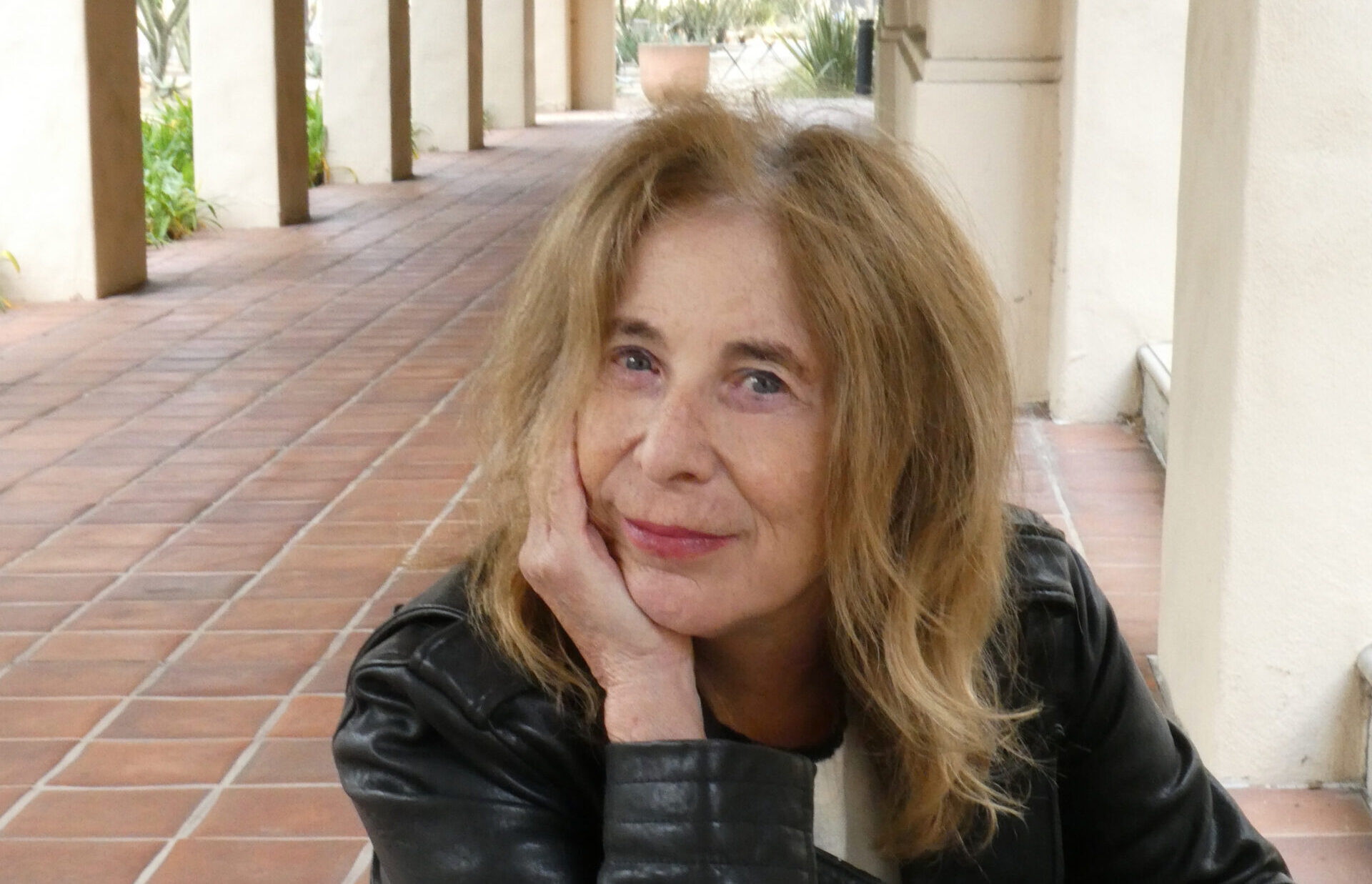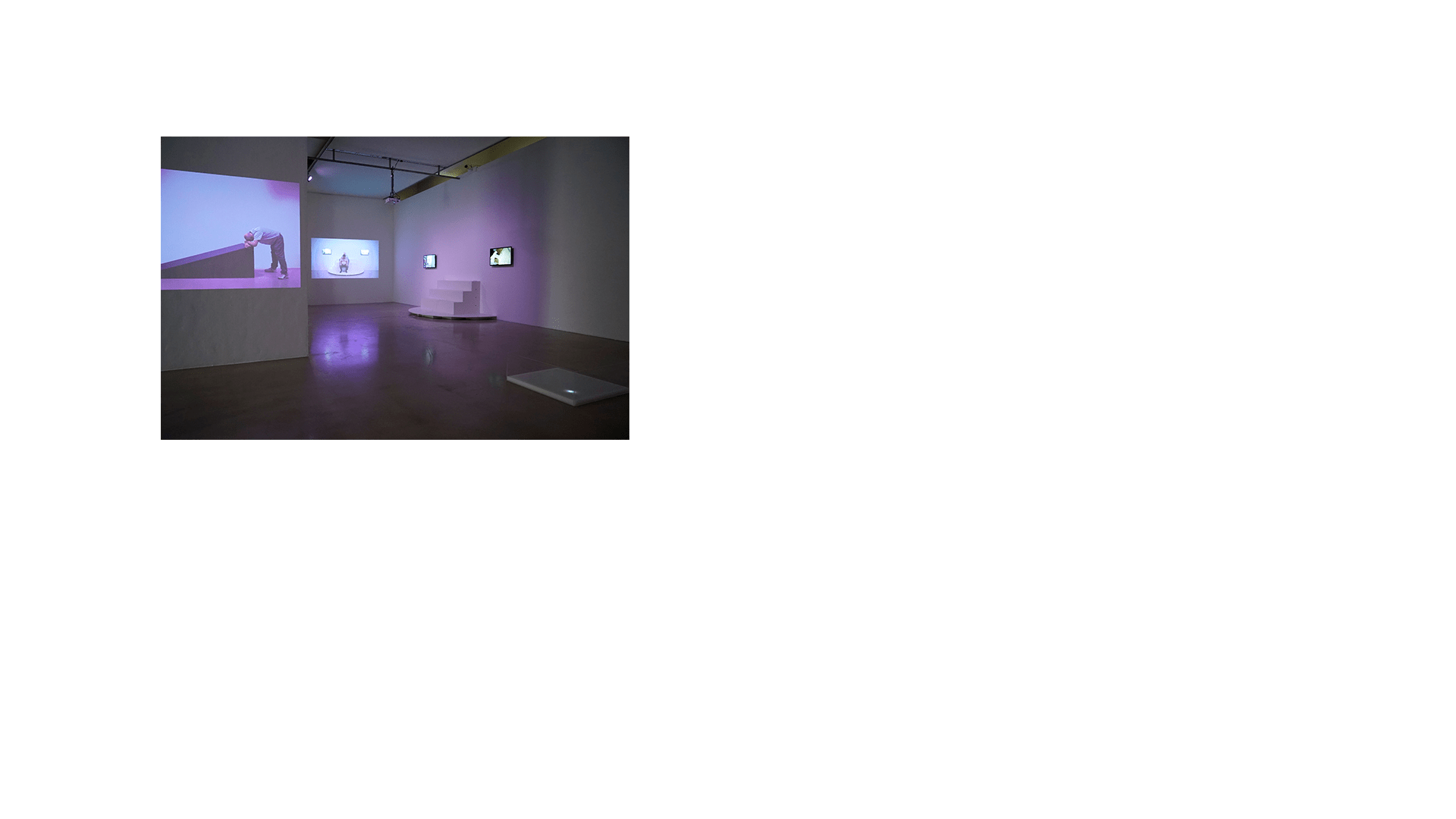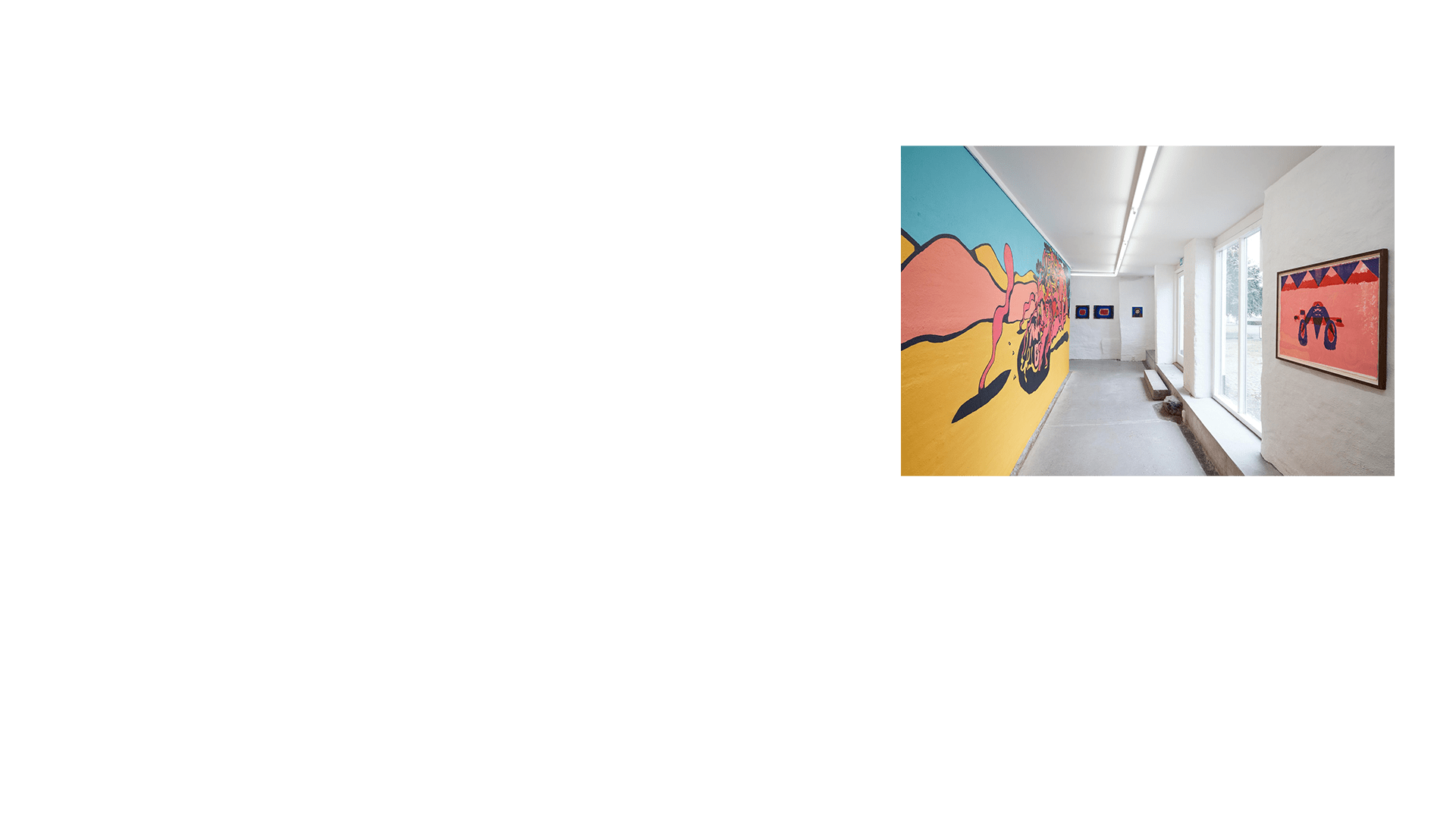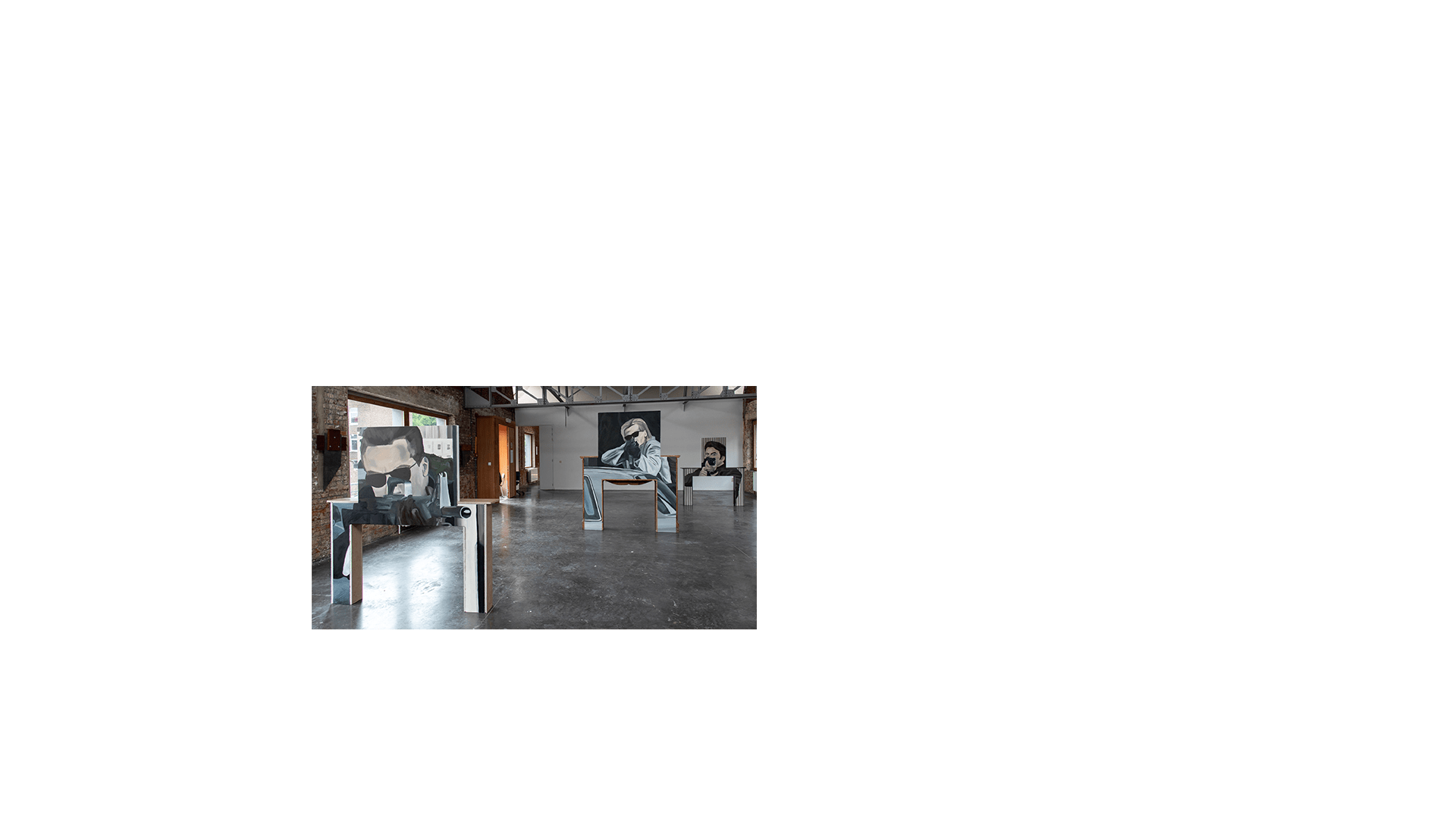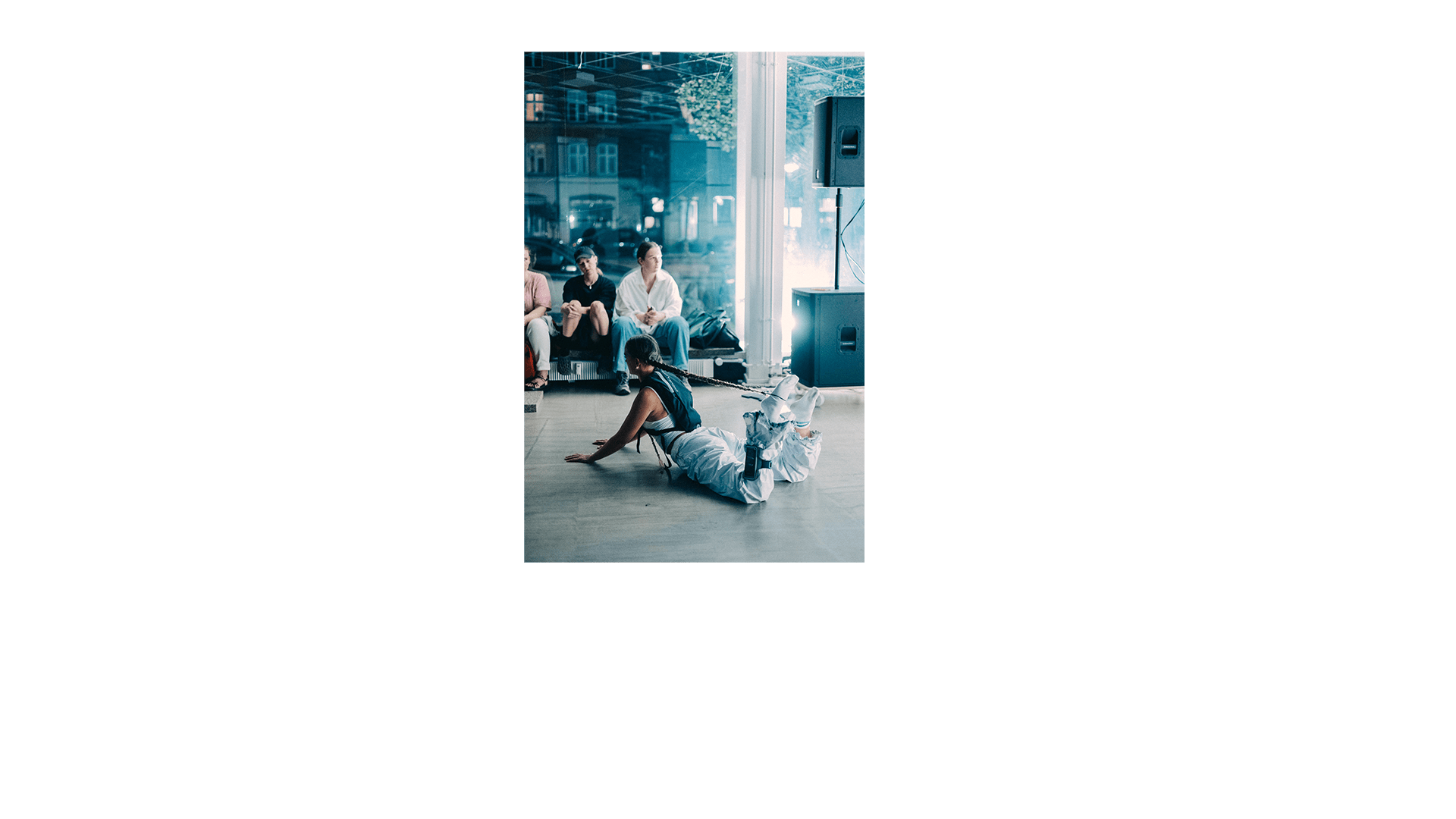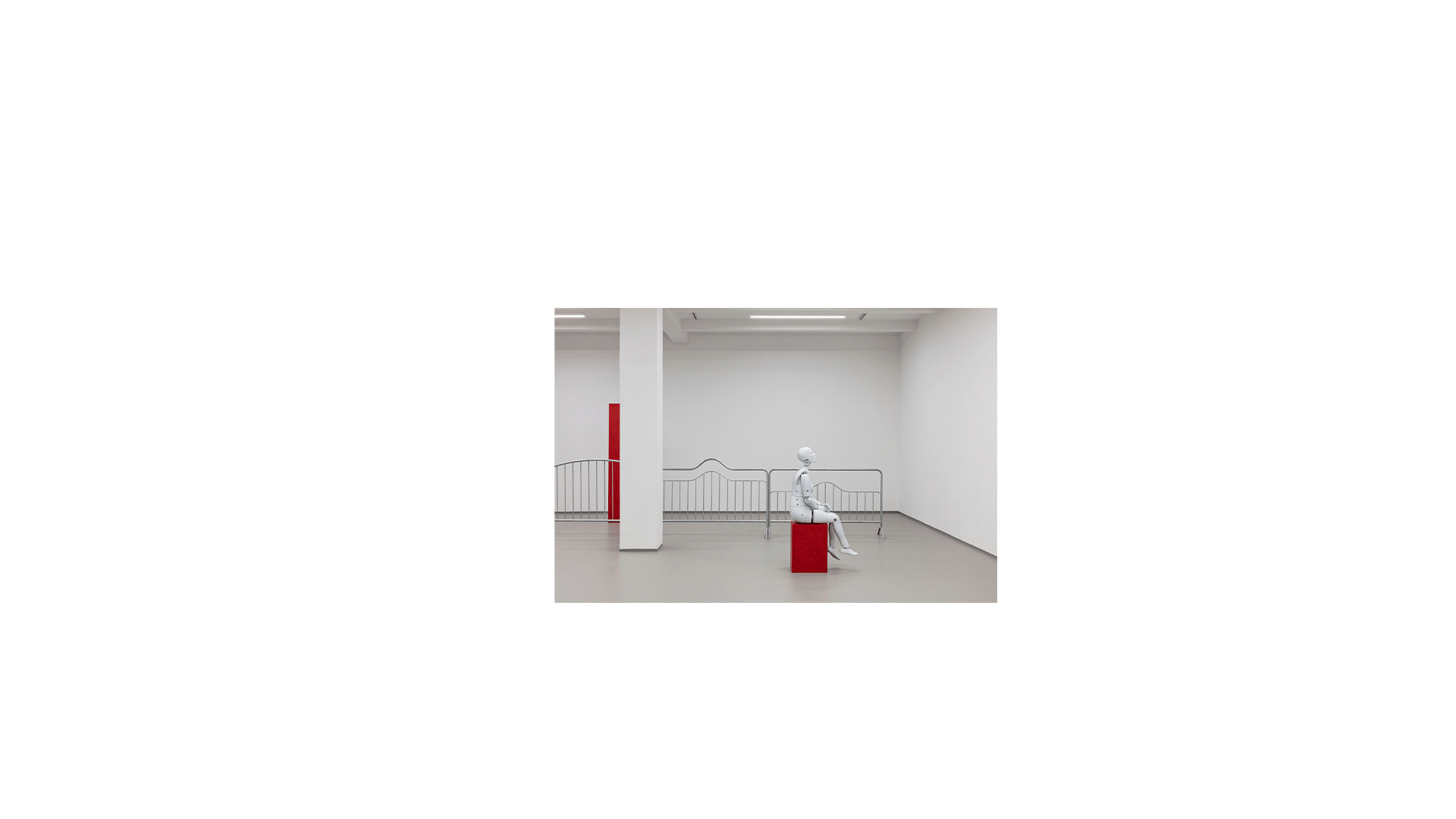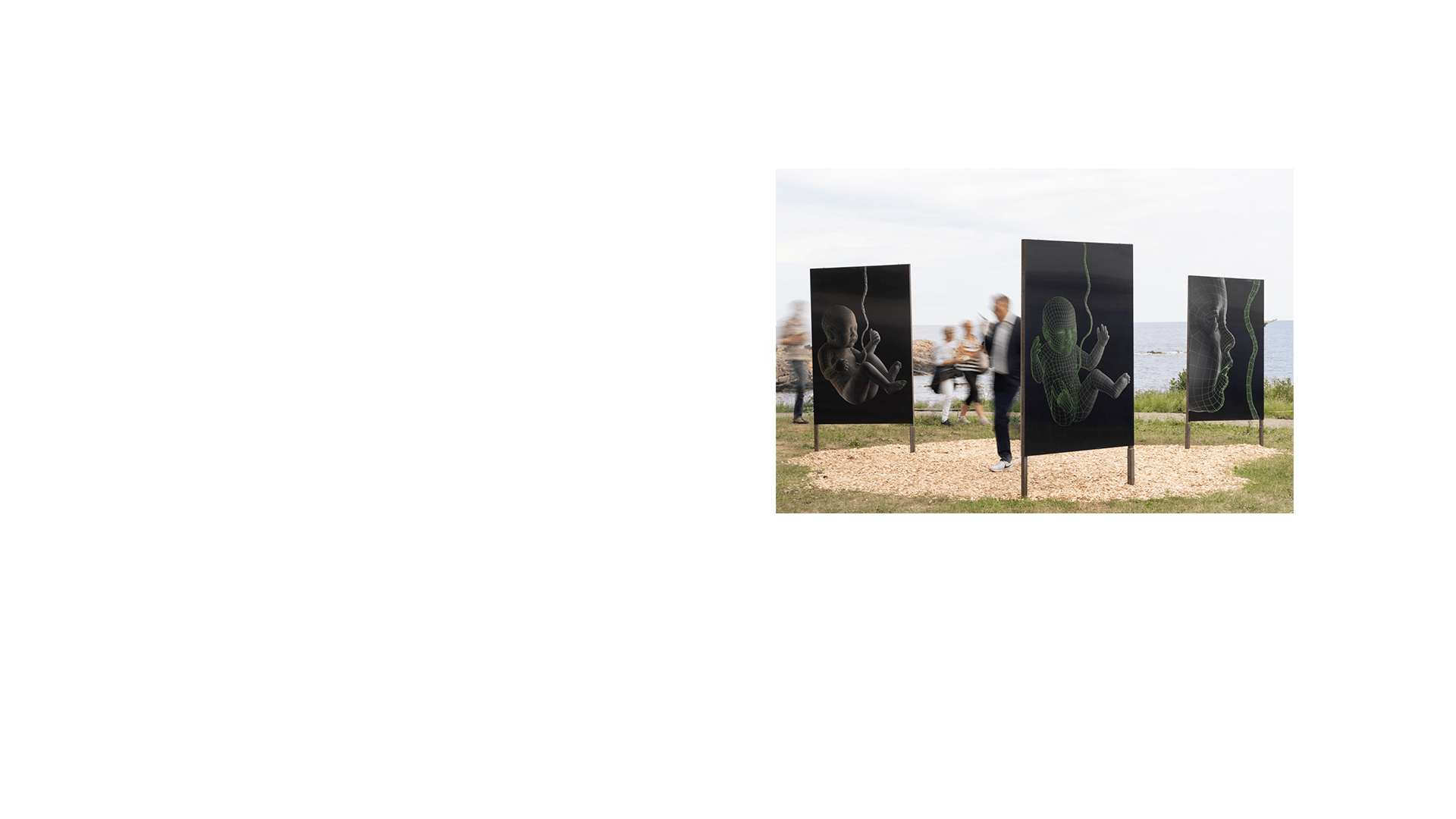Column: Art is – and should first and foremost be – Trouble.
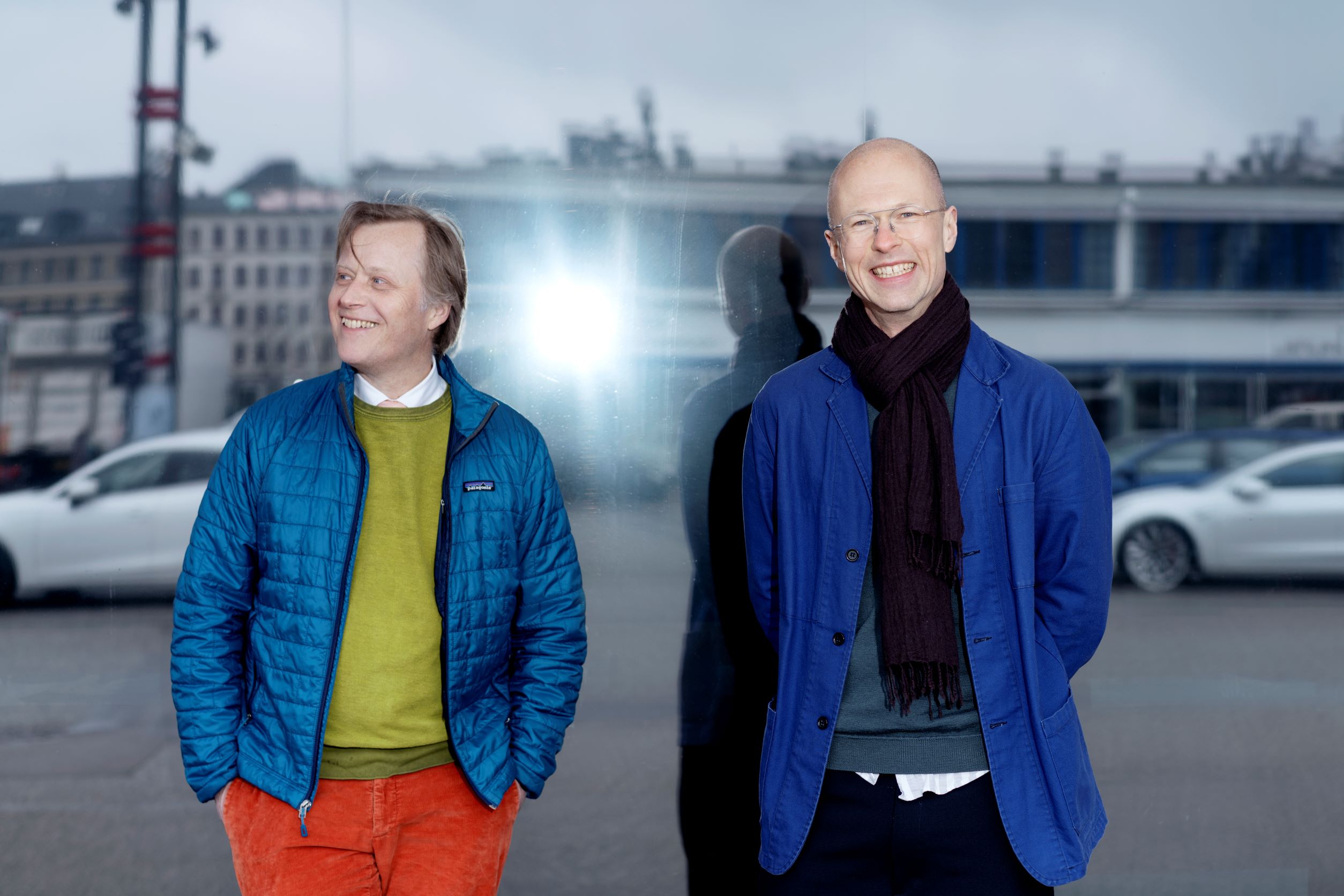
Jacob Fabricius and Lars Bang Larsen. Photo: Agnete Schlichtkrull.
-
Name:
-
Date:
-
Format:
Text
11 January 2022 the Danish daily newspaper Politiken pinted a column written by the directors of Art Hub Jacob Fabricius og Lars Bang Larsen. The text is originally written in Danish, below you find an English translation.
~
ART IS – AND SHOULD FIRST AND FOREMOST BE – TROUBLE
Art is part of historical change: at the present time that means among other things climate crises, globalization, crises of the collectivity. The question is: what images of the world do we need now? What does contemporary art mean today? And is it something we dare engage in?
Over the past couple of decades the demands on art have grown. To be worth exhibiting, noticing, and subsidizing, art is expected to comply with the goals of ‘new public management’; it must have an edge, but also recognizability and accessibility; it must be highly topical and media-savvy with charismatic creators and narratives that can go viral on social media – and so on.
There isn’t necessarily anything wrong with these expectations – viewed in isolation. But art does not exist in isolation as if it were a bubble with no relationship to the world. The more control, and the more demands that are more or less implicitly present, the more this affects the artworks that are created. The more one thinks of ‘service’ and ‘product’ in art in terms of performance measurement, bottom lines and outcomes, the more one dictates what it must be. These mechanisms draw art out into our routine relations with the world – mechanisms and routines that one might think it is the function of art to explode.
Artworks are historical entities that are co-determined by the social and political struggles and the technological and aesthetic currents prevalent when they are created. The more pressure a society exerts on its art, the more it risks becoming a cosmeticized version of that society and its power relations. Is what the Danish and global middle and upper classes want in 2021: images of our material aspirations – art as a sophisticated consumption option? For that is what we get if we continue to banalize art into market forces, entrepreneurship and other dominant capitalist ideologies.
This also means that art is not automatically a cultural or democratic panacea, or a kind of instrument of happiness. Socially, art is like a technology or a medicine. It can be used or abused, and its effect depends on the framework you give it. Visual art was once a privilege of the church, the aristocracy and the court. Modern dictatorships mobilized aesthetics in propaganda hostile to humanity. During the Cold War, East and West used visual art as a cultural weapon. If we are to have a dialogue about art and its role in our society here and now, we need to reflect over the conditions in which it is actually created. Not so much ’what does contemporary art want from us?’, as ‘what do we need from art?’ And who are ‘we?’ – this collective historical subject?
True, we are aware that time has abandoned the ‘art is eternal’ myth which asserted that art exists in its own dimension above or beside society. But it is an enduring myth, and still has a tendency to be reproduced in our dealings with artworks. For example, when we encounter them in museums and galleries, it is typically in laboratory conditions in white spaces: life in the streets does not penetrate here. Or when it is claimed that ‘true talent’ will be expressed regardless of the artist’s living conditions: this way one can avoid paying artists for their work. Or when art is seen as purely subjective statements: in this way art is reduced to an individualized form that can be excised from our shared history.
What one can expect of art is that it provides authentic experiences and feelings; that it can make us see things with our own eyes, and arouse sensations that make us aware of one another and the world around us. But if it is to do all that, we cannot draw on the art concept as we draw on a property for an expected capital yield. We know how things go with inflation and credit bubbles. This also applies at the symbolic level. There are limits to how many agendas art can bear before it ends up suffering loss of meaning and becomes a deception.
Art can grasp the world on the threshold of the unknown. It can point the way into what is coming with images and ideas different from those to which we are accustomed. It is at the forefront of new and shared experiences that art can engage in open dialogue with the many different participants who make up present-day collectivities. A fundamental question is therefore whether art can and must continue along the same path as it has done hitherto?
Socially, politically and ecologically, the world around us is in a state of flux, and the images and representations that we have of it no longer suffice. They are created out of an old order where the institutions of the West were stable and future-proof; where it was believed that the supremacy of the white patriarchy stood for progress, and that nature was separate from and subject to mankind. That order is clearly collapsing, but its collapse has been long in coming. If it is particularly evident now, that is among other reasons because globalization, which for more than quarter of a century has been the overarching framework for our life, is entering into a new phase – or is perhaps coming to an end. The superpower USA has lost its grip, and authoritarian leaders are deserting the world community. The EU has been wounded with Brexit, and the pandemic has constricted the world. Not least, the climate crisis raises a fundamental question mark about the justification of our present lifestyle, including the free movement of people and goods.
Globalization is also worth mentioning, because it was around the end of the Cold War in 1989 that the idea of ‘contemporary art’ began to gain currency. Visual art often needs no translation, so it travels easily, and its institutions, markets and public grew with its new, worldwide mobility. That globalization engendered contemporary art also meant that the latter grew up in one of the most self-satisfied epochs in the recent history of the West. According to the then American President, George Bush Sr., the fall of the Iron Curtain heralded a ’new world order’, and the American historian Francis Fukuyama actually claimed that world history was over, after the western model for democracy and capitalism had prevailed in the form of globalization.
With this alleged law of history at its back, neoliberalism defined the time that followed. Its great privatization project went from triumph to triumph with a mania for management and for the whittling back of shared space and public support for culture. Art became involuted with ‘the experience economy’ and the competitive society, for example when metropoles vied for tourism and branding: the Guggenheim Museum’s opening of a branch in Bilbao in 1997 was thus an event that put a post-industrial northern Spanish city with a reputation for separatist terror on the cultural word map. That – and much else – could art fix.
As for the artists, they were met with expectations of professionalization. They were to integrate them-selves into the labour market, and became a kind of ideal type of project worker and entrepreneur. On the one hand the old artist role, with its ponderous male metaphysic and myth of genius, was thus changed (or just updated?). On the other hand neoliberalism’s introduction of the artist-entrepreneur at bottom had to do with the fact that art and creativity were to be used for innovation, growth and the creation of ‘value’. Some conventional elements in visual art were thus to merge in a higher unity with the individualism and economic models of the times. The most successful artists’ studios of the age thus grew into enterprises where the artist became a kind of CEO.
Globalization was carried forward by new digital means of communication. These now constitute the largest space for our collective consumption of images. Here the visual arts have a unique advantage because you can give the impression that an artwork can be conveyed by a single photo. Even a pop song takes longer to consume – not to mention drama, dance, or literature. Now put that quality in an image space that profits from lightning-fast transmission of data: suddenly it seems easy to consume visual art! But art is anything but easy. Occupying yourself with it is a radical choice – mostly for the artists themselves, but also for the audience. Art may be a party, as Asger Jorn once put it. But art is first and foremost trouble. For everyone involved. If it is to have any effect then it has to be, not necessarily difficult, but troublesome. It doesn’t happen as a matter of course. It is a stone in the shoe, a new map of the world which only slowly reveals itself. Just as it takes time to create art, it takes time to consume it, because the best art is something singular you need to find new words for. But when you are struck by the experience, there are few things that feel better or more meaningful. Things do not look quite the same afterwards.
Abroad, art is involved in major discussions. The transition to a carbon-neutral Europe is not only a project of economy and climate, insisted the President of the European Commission, Ursula von der Leyen, in her ‘State of the Union Address’ last year: the climate crisis is also to be ‘a new cultural project for Europe.’ How this cultural project should be manifested is an open question. And it can be added that it should not just focus on a privileged Europe. But von der Leyen is right that an aesthetic project has to be problem-oriented, and must be viewed in the light of the great challenges of the world. In contrast, Mette Frederiksen’s slogan of a new ‘golden age’ for Danish culture sounds like the notion of the good old days. That idea is in several ways free of charge.
If art emerges in conscious interaction with its historical surroundings, the best works are those not encapsulated in the moment of their creation. Works of art can travel through time if they pave the way for social change. A European example is Théodore Gericault’s famous The Raft of the Medusa from 1819 (which mans that it was painted while the artistic ‘Golden Age’ was underway in Denmark). Gericault’s painting depicts a group of living and dead French sailors on a makeshift raft, after their officers sailed away in the lifeboats from the sunken frigate Medusa. With his corrosive criticism of the failure of those in power Gericault asked his contemporaries how they wanted to be ruled. Today The Raft of the Medusa makes us ask who the disenfranchised are now. Whose history is being taken away? You can choose to see the raft of the distressed French sailors in the painting as the refugee boats on the Mediterranean in 2021.
The historical changes of these times give us the opportunity for a change of course. We have the chance to rethink the role of art. How are we to face up to its troublesomeness? Are we brave enough for the arts and their paradoxes? Do we have the required language? Art can problematize and irritate while it stimulates and acts a space for wild thoughts where we can explore and confront the ways we perceive ourselves. Such art is created among its many creators and co-creators: artists, institutions, markets, critics, media, curators, and the audience. We must therefore keep asking one another what kind of art we need now. How do we create the necessary circumstances for this art to emerge, which we didn’t know we wanted or needed? How will the art of our time be relevant to those who are here tomorrow?
The authors of this article do not have the answers to all the questions we have posed. Unambiguous or correct answers probably do not exist. Besides, it is quite simply something we must work out together. This is a point in its own right: art poses new and essential questions, but it does not produce ‘correct’ answers – and that is the opportunity it gives us to meet one another. This requires that the community which art can create also allows it to maintain its openness. When that works, art can open up the world time and time again.
Art can make fundamental contributions to necessary conversations and encounters in untimely, symbolic, strange, and fantastic ways. Conversations and meetings struggle when they occur on the irreconcilable terms of populism. The radical crises and changes of the present demand humility towards the often fragile connections that bear the future within them: the ability to wonder and to continue to learn, to listen and let new voices be heard, and to leave scope for difference. That is what we need.
